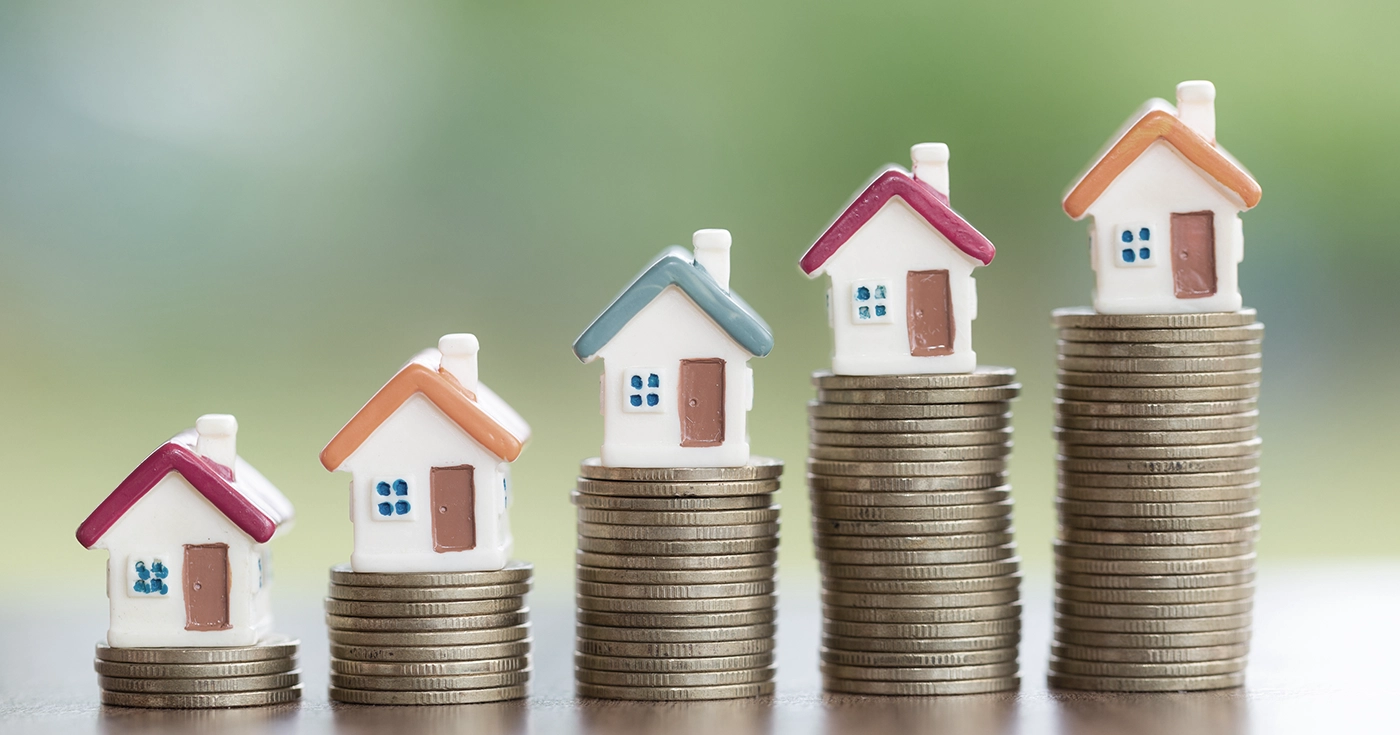
How to calculate real estate profitability: what you need to know
Last Updated on 3 July 2025 by Equipo Urbanitae
Calculating real estate profitability is key when investing in the sector. We know that property can offer good protection against inflation and generate recurring income. But for an investment to make sense, there’s one key question we must always ask ourselves in relation to the risk we’re taking: what is the return?
Talking about real estate profitability isn’t just about numbers—it means truly understanding what we’re calculating, with what data, and for what purpose. After all, it’s not the same to evaluate a property to rent it out as it is to sell it after appreciation. In both cases, there are formulas that help us understand the reality behind the current data and make informed decisions.
Gross return: a first look at how to calculate real estate profitability
Let’s start with the most common: calculating the return a property would generate if we rented it out. The so-called gross return is a simple way to get a quick estimate:
Gross Return (%) = (Annual Rental Income / Purchase Price) x 100
Imagine we buy a property for €200,000 and rent it for €1,000 per month. That’s €12,000 per year. The gross return would be 6%. This figure is useful as a reference, but it doesn’t even begin to reflect the full picture.
Net return: what really matters
The previous calculation seems the most interesting; however, it doesn’t take into account costs such as taxes, insurance, community fees, maintenance, or possible vacancy periods. To get a more accurate picture, we need to talk about net return:
Net Return (%) = (Annual Net Income / Total Investment) x 100
Here we deduct all annual recurring expenses and add other initial costs such as taxes, renovations, or commissions to the purchase price. In other words, we’re calculating what actually stays in our account—not just what comes in.
For example, if that same €200,000 property generates €12,000 per year in rent, but we subtract €2,500 in expenses (property tax, community fees, insurance, repairs), the net income would be €9,500. If we add another €10,000 in initial costs to the purchase, the total investment would be €210,000. In that case, the net return would be:
(9,500 / 210,000) x 100 = 4.52%
A notable difference from the 6% gross we calculated earlier. And that’s precisely why this is the indicator we really need to consider when making decisions.
Urbanitae: what we see in our projects
At Urbanitae, we work to identify opportunities where that margin is attractive and where the potential return for the investor justifies the assumed risk. In fact, we prioritize capital safety over profitability: we inflate costs and deflate sale prices to create a safety margin.
Our platform allows individuals to invest in real estate projects that would otherwise be reserved for large fortunes or institutional funds. By financing the development of residential promotions or rental assets, investors earn returns when these projects are sold or begin generating income.
In residential developments, we’ve closed deals with net returns for investors around 13%. In rental projects—focused on the commercial real estate (CRE) segment—we target net annual returns of 5% to 7%, depending on the asset and its location.
These are not numbers pulled out of thin air. These returns are possible thanks to rigorous analysis and careful selection of projects and developers. As investors, we can’t predict the market, but we can be better prepared.
Before investing, learn how to calculate real estate profitability
Returns may look very attractive on paper, but if we don’t carefully analyze where they come from and what risks they account for, we risk fooling ourselves. It’s not just about applying a formula: we must weigh all the factors that affect the real performance of an investment. Hidden costs, execution timelines, taxes, potential surprises… everything matters.
That’s why it’s essential to adopt a complete, critical, and realistic perspective before committing our money. At Urbanitae, we understand profitability as the result of thorough analysis. Every opportunity published on the platform has gone through a selection process where the project’s economic feasibility is evaluated by a team of experts in development, financing, and real estate markets.
Each deal must receive unanimous approval twice from our investment committee and must pass three due diligences: legal, technical, and commercial. Only then can we offer investors realistic and well-founded scenarios.
Our priority is to offer solid projects with real expectations that allow investors to make informed and sensible decisions.

